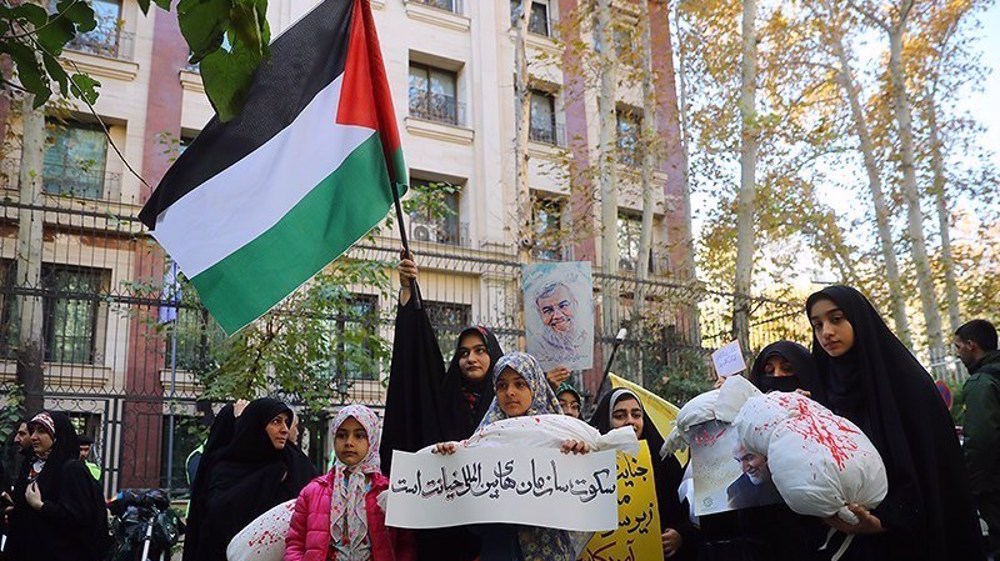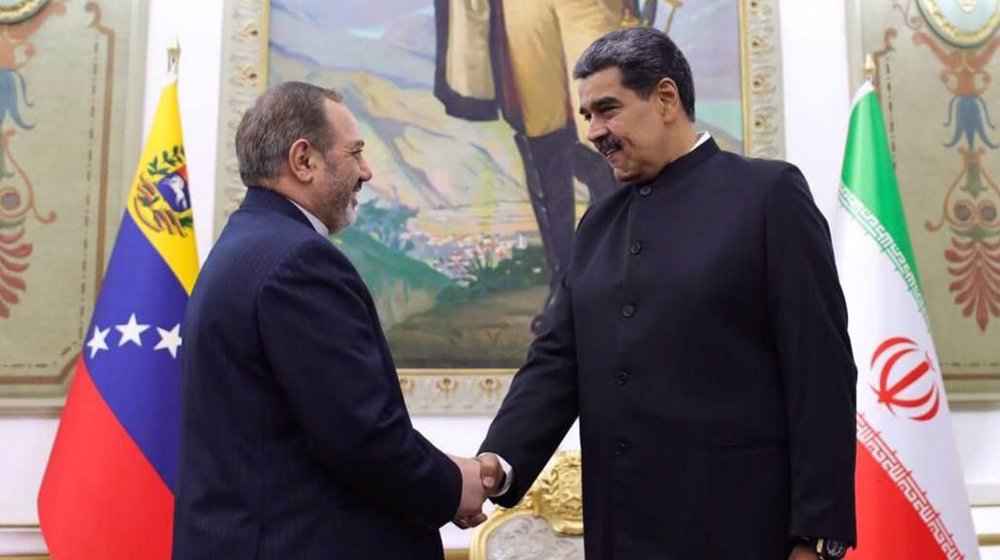US threatens more sanctions to provoke unrest in Iran
US Secretary of State Mike Pompeo has threatened to impose even more sanctions on Iran over the country’s handling of the recent riots, even though the unrest is believed to be the result of Washington’s unilateral sanctions.
In meddlesome comments on Thursday, Pompeo urged Iranians to send photos and other information documenting what he called “repression,” while vowing to sanction "abuses" by the Iranian government.
"I have asked the Iranian protesters to send us their videos, photos and information documenting the regime's crackdown on protesters," Pompeo tweeted, vowing that the US will “expose and sanction the abuses."
Russian Foreign Ministry spokeswoman Maria Zakharova told a news conference in Moscow that the Iranian government’s decision to raise gasoline prices was provoked by Washington's pressure on Tehran.
"All this was provoked by the absolutely illegal and massive sanctions pressure that the US is exerting on this country,” she said Thursday.
"And, in general, because of Washington's actions, the fundamental human rights and legitimate interests of the Iranian population to freely receive food, medicines and all kinds of necessary products are violated," she added.
Read more:
On November 15, the Iranian government raised gasoline prices, which still remain the cheapest in the world, triggering protests that some rioters took advantage of to destroy public property and torch banks and gas stations.
The riots also marked hooligans and thugs attacking security forces with firearms, knives and other lethal weapons, leaving several people dead.
Following the deadly riots, access to most of the internet services in Iran was suspended based on a decision by the National Security Council of Iran.
US President Donald Trump on Thursday accused Iran of blocking the internet to cover up what he claimed was a “tragedy."
However, the fake news and propaganda spread on social media networks have proved to be a key element in provoking further unrest in the country.
Last December, US news magazine Foreign Policy wrote that the currency market turmoil in Iran was mostly stoked and tended by social media networks, mostly messaging applications.
According to the publication, most speculators were using the messaging app Telegram to spread fake news about the rial, hence the decision by the Iranian authorities to block the application.
Israel kills 5 more paramedics in southern Lebanon: Health ministry
Iran to launch ‘new, advanced’ centrifuges in response to IAEA resolution: AEOI
Yemen fires hypersonic missile at Israeli airbase
VIDEO | New Delhi chokes under toxic smog as air quality remains at hazardous levels
VIDEO | Press TV's news headlines
VIDEO | ICC's arrest warrant for Netanyahu to worry Western politicians: Former British diplomat
Iranians protest against Israel after Netanyahu ICC warrant
Germany undecided on complying with ICC arrest warrants for Israeli war criminals










 This makes it easy to access the Press TV website
This makes it easy to access the Press TV website